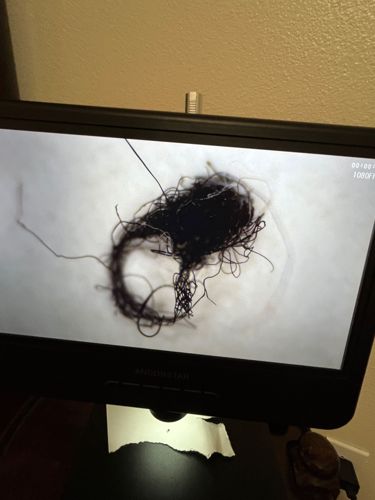Case-making Clothes Moth
Scientific Name: Tinea pellionella
Order & Family: Lepidoptera, Tineidae
Size: Larvae: up to 12 mm; Adults: wingspan of 10-14 mm

Natural Habitat
Indoors, commonly found in closets, attics, storage areas, and undisturbed places where susceptible materials are stored. They thrive in dark, humid environments.
Diet & Feeding
Larvae feed on natural fibers, especially those of animal origin such as wool, silk, fur, feathers, and often soiled fabrics (containing perspiration, urine, food stains). They can also damage blends and some synthetic materials if intertwined with natural fibers.
Behavior Patterns
Case-making clothes moth larvae build and carry a silk case with them, incorporating fibers from their food source into the case for camouflage. They are typically slow-moving and prefer dark, undisturbed areas. Adults are poor fliers and tend to crawl or hop.
Risks & Benefits
Potential Risks: Significant pest of textiles, causing damage to clothing, carpets, upholstery, and historical artifacts. They do not bite or transmit diseases to humans. Potential Benefits: No direct benefits to humans; in nature, their relatives play a role in decomposition.
Identified on: 9/3/2025